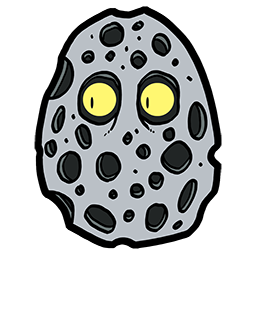
Trypophobia
An aversion or fear of closely-packed holes or patterns, often triggering discomfort or disgust.
Why Does It Exist?
Trypophobia exists as a psychological phenomenon where certain visual patterns, specifically small, closely-spaced holes or circular shapes, evoke a strong emotional response. The origins of this response are not fully understood, but some theories suggest it may be rooted in an evolutionary aversion to things that resemble harmful organisms or patterns in nature, such as the markings on poisonous animals or the appearance of decay and disease.
Why Is It Important to Understand?
Understanding trypophobia is important because it highlights the diversity of human psychological and emotional responses to stimuli. Recognizing and validating the discomfort experienced by individuals with trypophobia can aid in empathy and accommodation, reducing stigma and providing support. It also contributes to our broader understanding of phobias and anxiety disorders, encouraging further research into their causes and treatments.
How to Use It to Your Advantage
For those who experience trypophobia, understanding and acknowledging the condition is the first step in managing its effects. Strategies may include gradually exposing oneself to triggering images in a controlled and supportive environment to reduce sensitivity (with professional guidance when needed). For designers and content creators, awareness of trypophobia can inform the creation of visuals and products that are accessible and comfortable for a broader audience, potentially enhancing user experience and market appeal.
How It Is Used Against You
While trypophobia itself is not typically used against individuals, a lack of awareness or understanding about this condition can lead to insensitivity or dismissal of the discomfort experienced by those affected. In some cases, images that trigger trypophobia may be shared or displayed without consideration, inadvertently causing distress.
